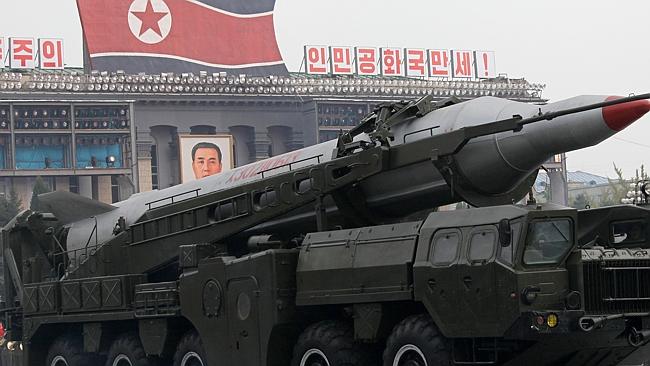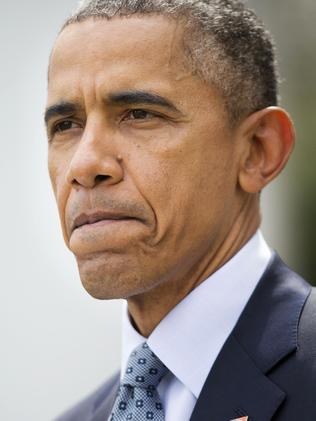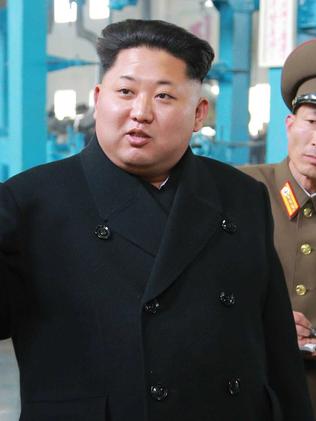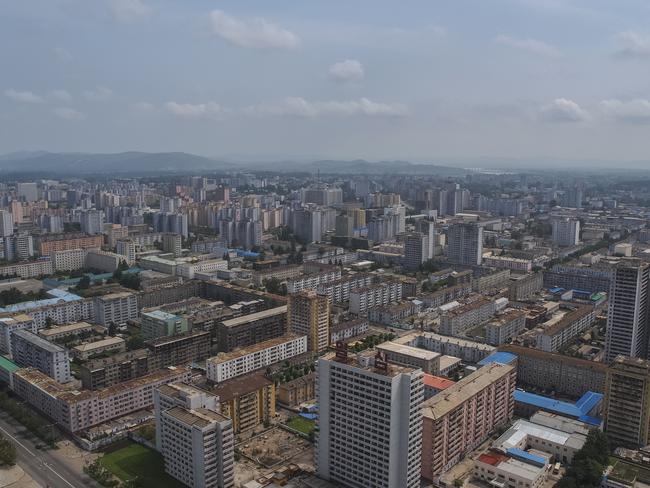Researchers reveal hundreds of North Korean missiles threaten Asia
WHILE the world watched a nuclear deal with Iran, new research showed an even greater threat much closer to home with no sign of a deal in sight.

AS THE world celebrates a historic agreement denying Iran the capability to build nuclear weapons, it appears there is a much greater threat even closer to home.
Nuclear-armed North Korea already has hundreds of ballistic missiles that can target its neighbours in northeast Asia. The only thing the rogue state needs is foreign technology to upgrade its arsenal to pose a direct threat to the US, researchers say.
Those are the latest findings of a research program investigating what secretive North Korea’s nuclear weapons capability will be by 2020. Unlike Iran, the current focus of international nuclear diplomacy, North Korea has conducted atomic test explosions. Its bloodcurdling rhetoric and periodic missile tests have set the region on edge and there’s no sign of negotiations restarting to coax it into disarming.
For now, the emphasis in the US is on sanctions and military preparedness. US Defense Secretary Ash Carter visits Japan and South Korea this week amid speculation the US wants to place a missile defence system in South Korea against North Korean ballistic missiles, which Seoul is reluctant about as it would alienate China. The US has already deployed antimissile radar in Japan.

US military officials have expressed growing concern about North Korea’s capabilities. Navy Admiral William Gortney, commander of U.S. Northern Command and the North American Aerospace Defense Command, said the US thinks North Korea has the ability to miniaturise a warhead to put on an intercontinental ballistic missile.
US officials are most concerned about a long-range missile called the KN-08 that has been displayed in military parades. It is said to be capable of being launched from a road-mobile vehicle and would therefore be difficult to monitor via satellite.
But the research published Tuesday by the North Korean Futures Project stresses that for now the principal threat from North Korean missiles is to its neighbours in Asia. The project is conducted by the US-Korea Institute at John Hopkins School of Advanced International Studies and National Defense University’s Center for the Study of Weapons of Mass Destruction.


Aerospace engineer John Schilling and a research associate at the institute, Henry Kan, say Pyongyang’s current inventory of about 1,000 missiles, based on old Soviet technology, can already reach most targets in South Korea and Japan.
“North Korea has already achieved a level of delivery system development that will allow it to establish itself as a small nuclear power in the coming years,” they write in a paper published on the institute’s website, 38 North.
Despite the North’s 2012 success in launching a rocket into space — the clearest sign yet it has the potential to reach the American mainland — Pyongyang faces greater technical challenges in launching an effective missile across the Pacific at the US.
It may already be able to field a limited number of long-range Taepodong missiles in an emergency but they would be unreliable, vulnerable to pre-emptive strike and inaccurate, the analysis says. The KN-08 may achieve “emergency operational status” by 2020, before or with very limited flight testing, it adds.
The analysis says foreign assistance could be critical for overcoming the technological and engineering hurdles North Korea now faces in developing better missiles, including progress on high-performance engines, heat shields, guidance electronics and rocket motors that use solid fuel instead of liquid fuel, it says.
And that’s become tougher as North Korea’s international isolation has intensified since its first nuclear test explosion in 2006.
That hasn’t stopped its nuclear program. According to a recent estimate by the Washington-based Institute for Science and International Security, the North likely has enough fissile material for at least 10 weapons, and that could increase to between 20 and 100 weapons by 2020.
Associated Press National Security Correspondent Sagar Meghani contributed to this report.




